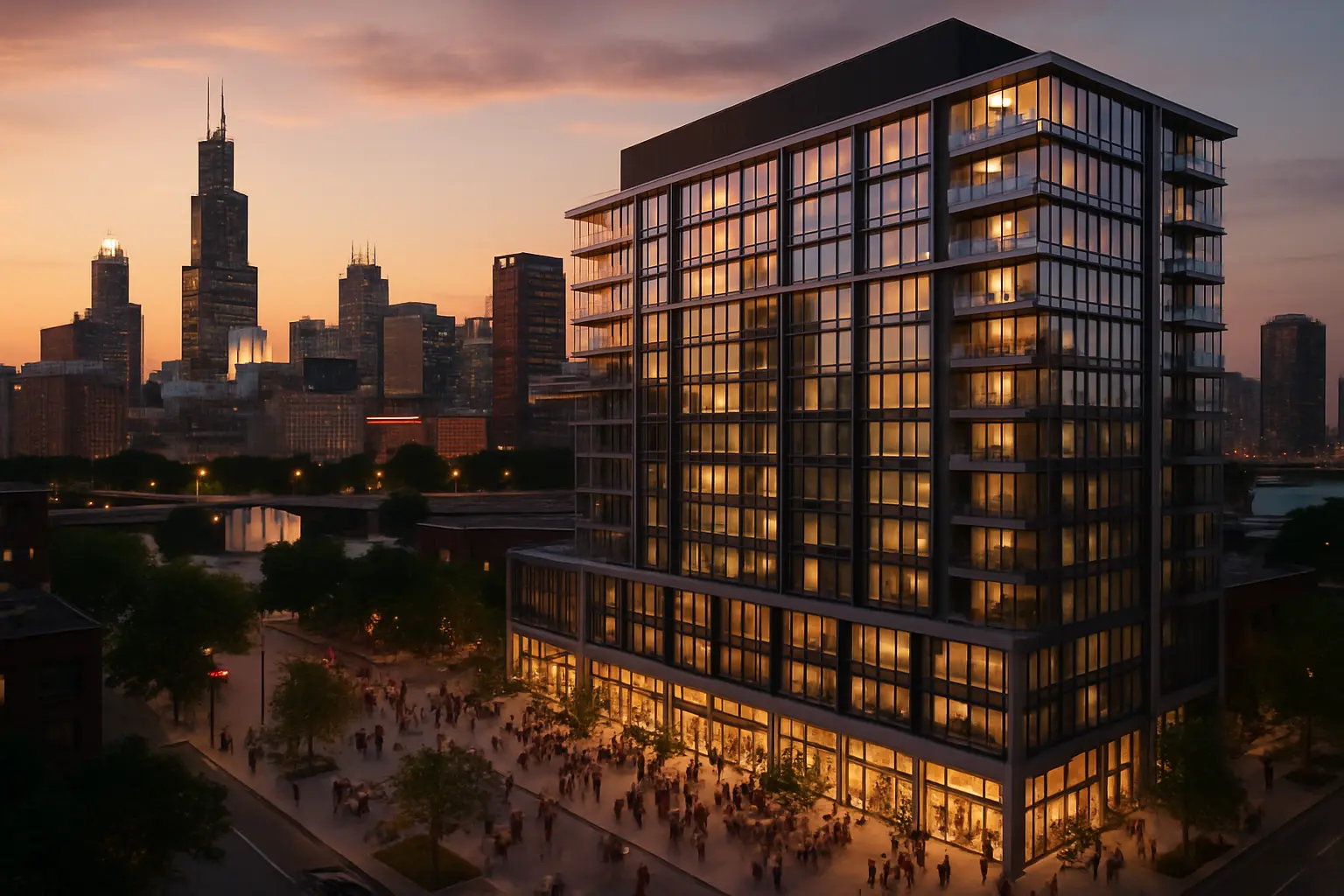The Mixed-Use Revolution: Why Chicago's Hybrid Properties Are The Future
Discover how the innovative blend of commercial and residential spaces is reshaping Chicago's real estate landscape and creating unprecedented opportunities for investors.

The Rise of Mixed-Use Developments in Chicago
Chicago's urban landscape is undergoing a remarkable transformation as mixed-use developments emerge as the cornerstone of modern real estate investment. These innovative properties, which seamlessly blend commercial and residential spaces, are revolutionizing how people live, work, and interact in the Windy City.
As urban populations continue to grow and lifestyle preferences evolve, mixed-use properties have become increasingly attractive to both developers and investors. These developments offer a unique solution to the challenges of urban density while creating vibrant, sustainable communities that cater to diverse needs.
The Strategic Advantages of Mixed-Use Properties
Diversified Income Streams
- Multiple revenue sources from retail, office, and residential tenants
- Reduced dependency on single market segments
- Enhanced cash flow stability throughout economic cycles
Risk Mitigation Through Diversification
- Built-in hedge against market fluctuations
- Balanced portfolio performance
- Increased property resilience during economic downturns
Chicago's Premier Mixed-Use Corridors
Fulton Market District
Once a meatpacking district, Fulton Market has transformed into a thriving mixed-use hub, featuring luxury residences, boutique hotels, and tech company offices. The area's success demonstrates the powerful synergy between residential and commercial spaces.
South Loop Innovation
The South Loop continues to evolve with new mixed-use developments that combine residential towers with ground-floor retail and entertainment venues, creating a self-sustained community atmosphere.
"Mixed-use developments represent the future of urban real estate investment, offering unparalleled opportunities for sustainable growth and community development in Chicago's dynamic market."
Investment Strategies and Market Navigation
Key Success Factors:
- Location selection based on demographic trends and infrastructure development
- Optimal tenant mix strategy
- Strong property management capabilities
- Focus on amenities that create community value
Future Growth Potential
The mixed-use sector in Chicago shows strong growth indicators, with increasing demand from millennials and empty nesters seeking walkable, amenity-rich environments. Investors who position themselves early in emerging corridors stand to benefit from appreciation and steady income growth.
Conclusion
Chicago's mixed-use revolution represents a fundamental shift in real estate investment strategy. These properties offer a compelling combination of steady income, risk mitigation, and appreciation potential. As the city continues to evolve, mixed-use developments will play an increasingly important role in shaping sustainable, vibrant communities while delivering attractive returns for investors.
For those looking to enter this market, the key lies in understanding local market dynamics, carefully selecting locations with growth potential, and implementing effective management strategies. The future of Chicago real estate is increasingly hybrid, and the opportunities for informed investors are substantial.


